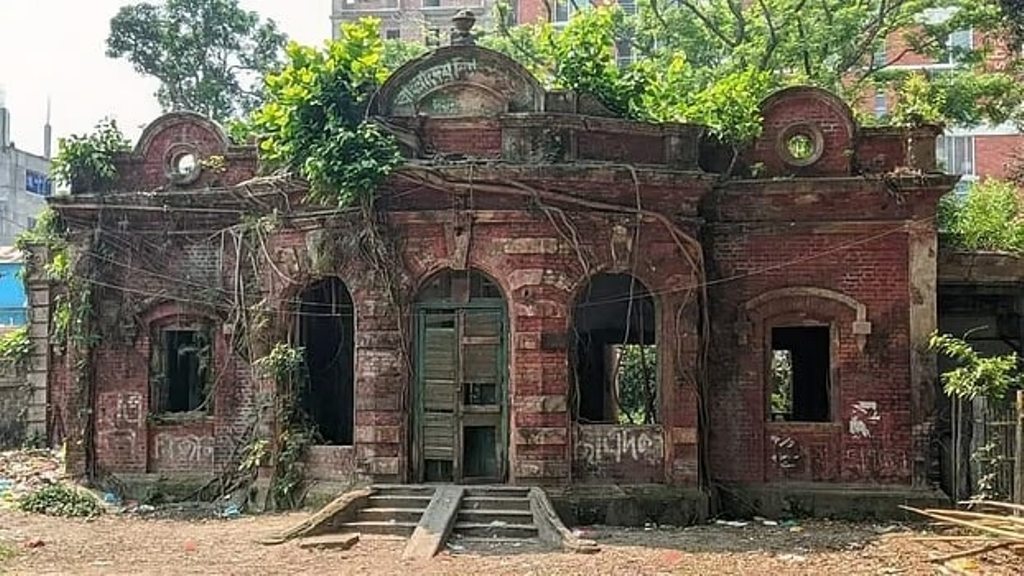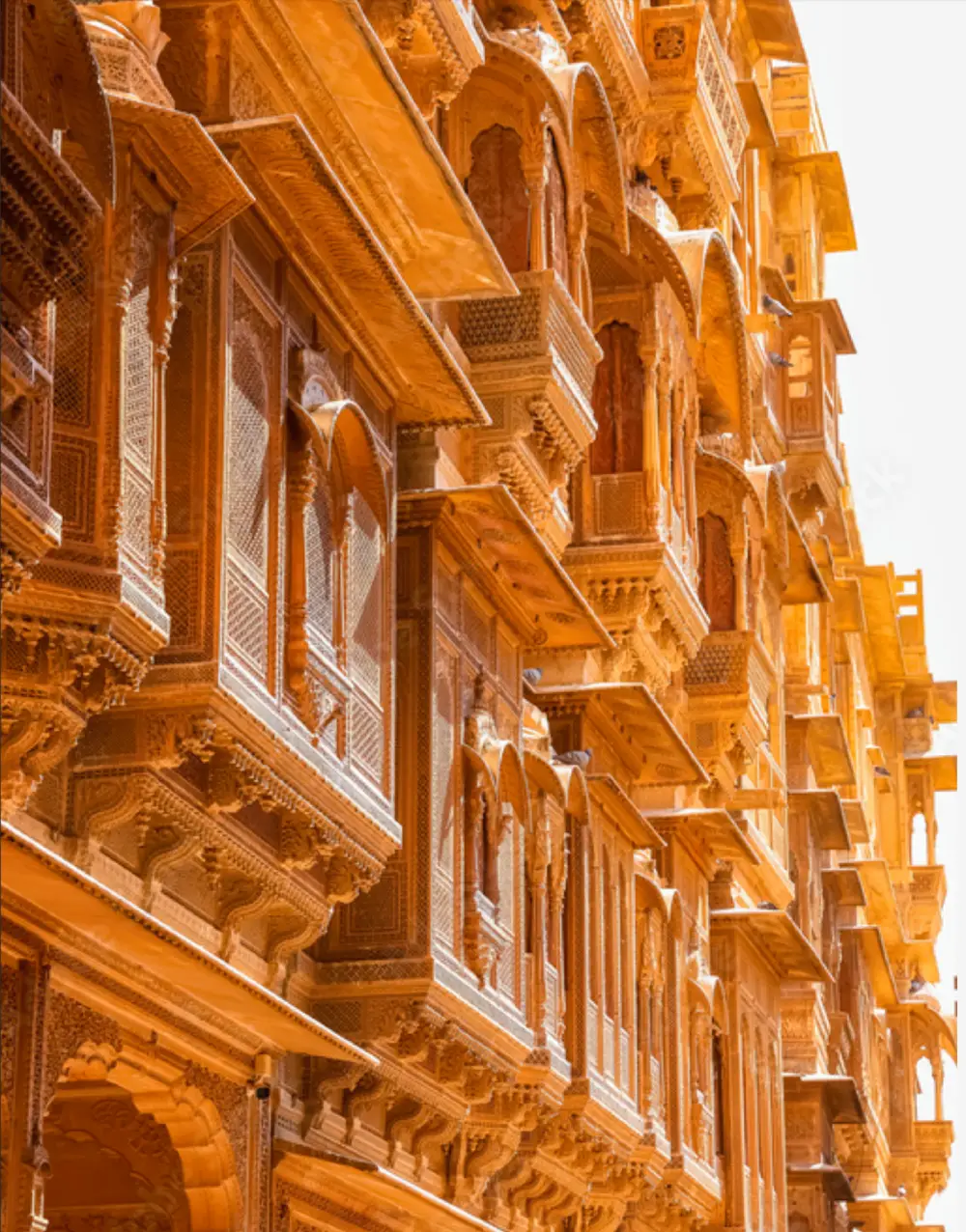In a move that has sparked widespread concern, the ancestral home of legendary filmmaker Satyajit Ray in Dhaka is being demolished to make way for a new semi-concrete structure, according to reports from local media in Bangladesh.

The house, located on Horikishore Ray Chowdhury Road, is over a century old and is historically significant. It once belonged to Upendra Kishore Ray Chowdhury, a renowned writer and the grandfather of Satyajit Ray.
The property also holds connections to Sukumar Ray, the celebrated poet and father of the filmmaker.
The demolition is reportedly being carried out to construct a building for a Shishu Academy. While the authorities claim that the process is being done with the necessary permissions, the move has triggered backlash from residents and heritage advocates who believe it will erase a crucial part of cultural and literary history in the region.
Ancestral house of Satyajit Ray, greatest Bengali filmmaker, has been demolished today.
— Voice of Bangladeshi Hindus 🇧🇩 (@VHindus71) July 15, 2025
Younus regime is trying to demolish the 'Hindu roots' in every possible way.#AllEyesOnBangladeshiHindus pic.twitter.com/JuT73sSpsT
Officials from the Department of Archeology in Dhaka have acknowledged the heritage value of the property and stated that they had made repeated efforts to preserve the site. However, these requests were not acted upon, and the demolition is now underway.
Satyajit Ray, regarded as one of the most respected filmmakers in global cinema, has influenced numerous international directors, including Martin Scorsese. His deep roots in literature, art, and filmmaking trace back to this very home, which is now at the center of a growing controversy.
This incident comes at a time when concerns over social intolerance and cultural erasure are rising in Bangladesh.
Earlier in April, a mob demolished the Martyred Intellectuals Memorial in Dhaka’s Mirpur area. The memorial was built to honour the lives lost during the genocide committed by the Pakistan Army in the 1971 Liberation War. A video of the act went viral on social media, drawing condemnation from across the country.
In March, the mural at the Liberation War Memorial Mancha in Lalmonirhat district was also taken down under orders from the interim government. The artwork had depicted several iconic moments from Bangladesh’s history, including the 1950s language movement, the March 7 speech, the formation of the Mujibnagar government, and the victory in the 1971 war.
ALSO READ: Bangladesh: Sheikh Mujibur Rahman’s mural at Liberation Memorial demolished
In addition to the removal of heritage structures and monuments, names of streets and public places have been changed. The Dhaka South City Corporation issued orders to rename places earlier dedicated to Bangabandhu Sheikh Mujibur Rahman, his family, and leaders of the Awami League. For instance, Bangabandhu Avenue has now been renamed Shaheed Abrar Fahad Avenue.
Since the interim government led by Yunus came to power in August 2024, after the fall of Sheikh Hasina’s Awami League administration, nearly 1500 sculptures, murals, and memorials have reportedly been vandalised, set on fire, or uprooted across the country. These developments have raised serious questions about the protection of cultural heritage and the current state of law and order in Bangladesh.


